RDS LIFE Process®
STEP 01



STEP 02
Physical separation of mixed products
Magnetic separation of ferrous(valuable) metals
2 Steps Step Physical Separation


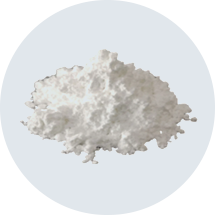
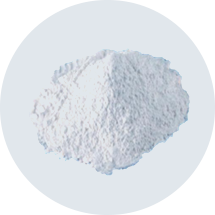
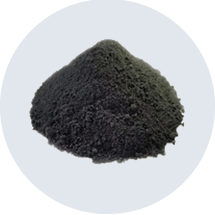




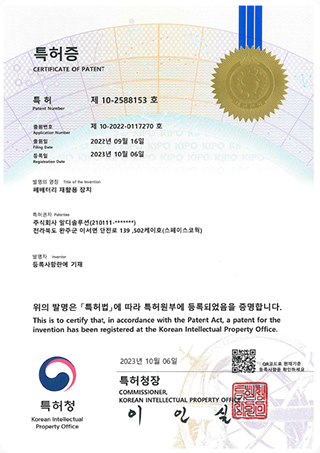


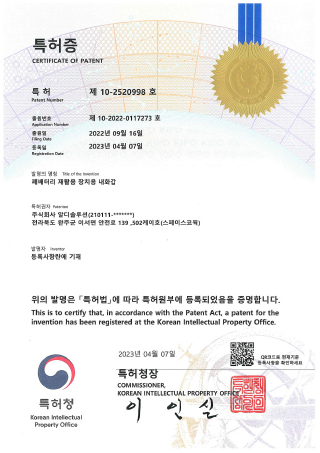
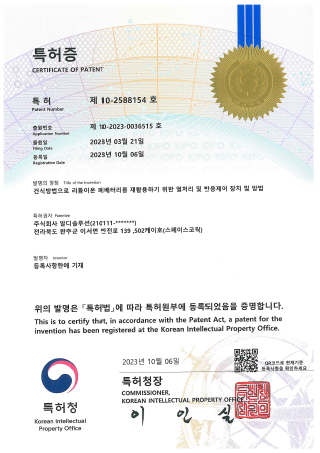
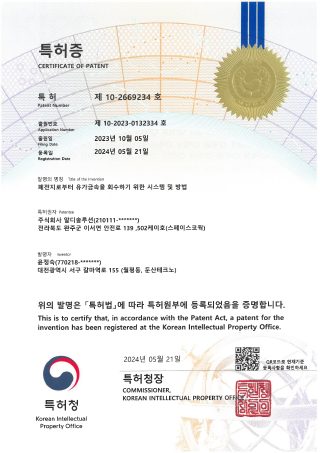
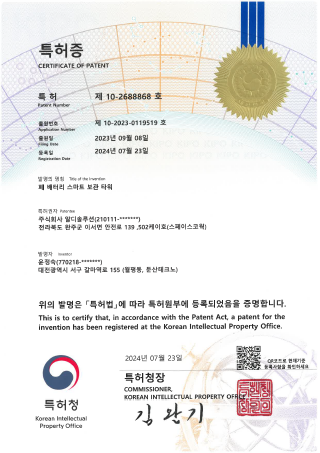
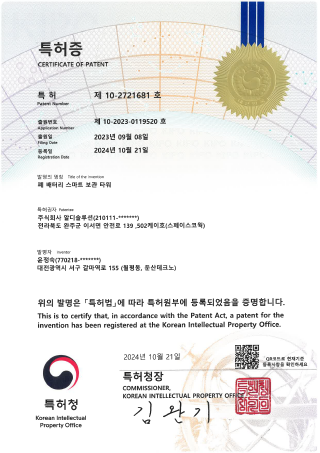
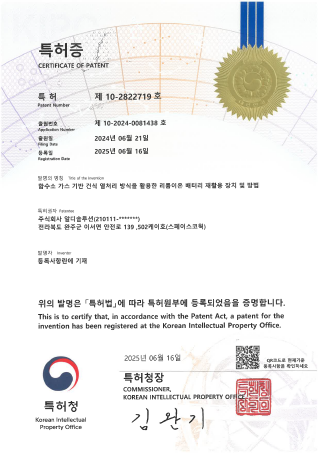
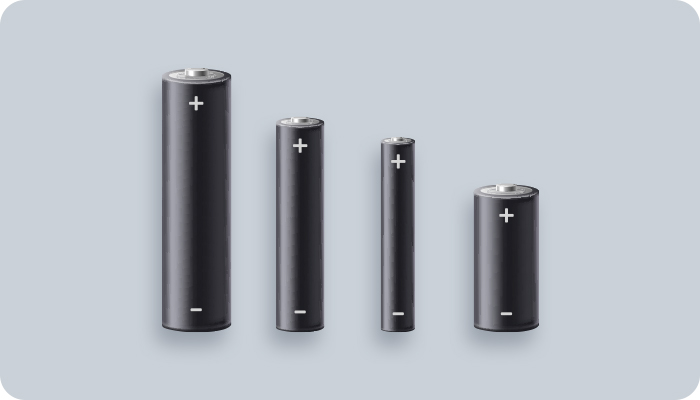
Standardized and suitable for mass production. High energy density with excellent thermal management efficiency.

Aluminum casing, efficient space utilization, strong resistance to swelling, easy modularization.

Flexible pouch film, lightweight, high volumetric efficiency, versatile form factors.
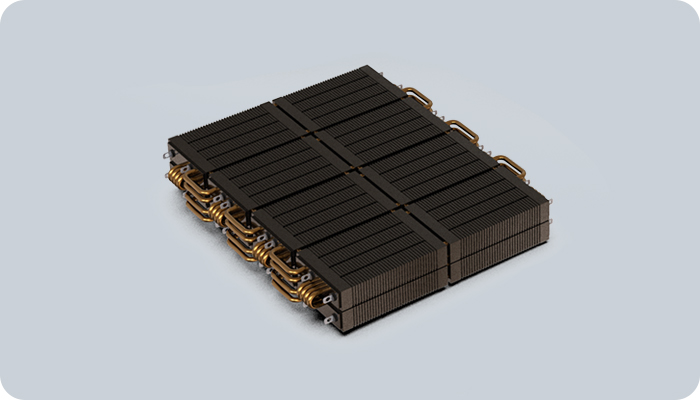
Groups of unit cells assembled and protected; integrates cooling devices; intermediate stage before pack.
Uses solid electrolytes instead of liquid. Reduced explosion risk, higher energy density, enhanced stability.
Uses sodium ions instead of lithium. Cost-effective materials, lower manufacturing costs.
Silicon incorporated into graphite anodes. Theoretical capacity >10x higher (increased energy density).
Generate electricity through electrochemical reaction of hydrogen and oxygen. Eco-friendly, long driving range, fast charging.